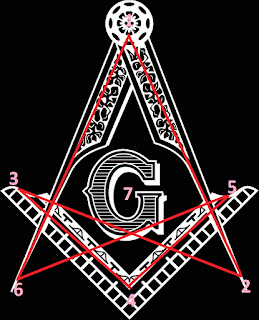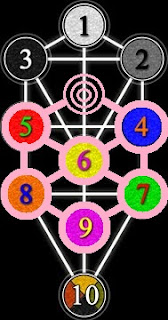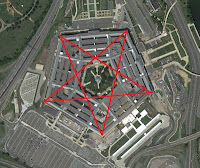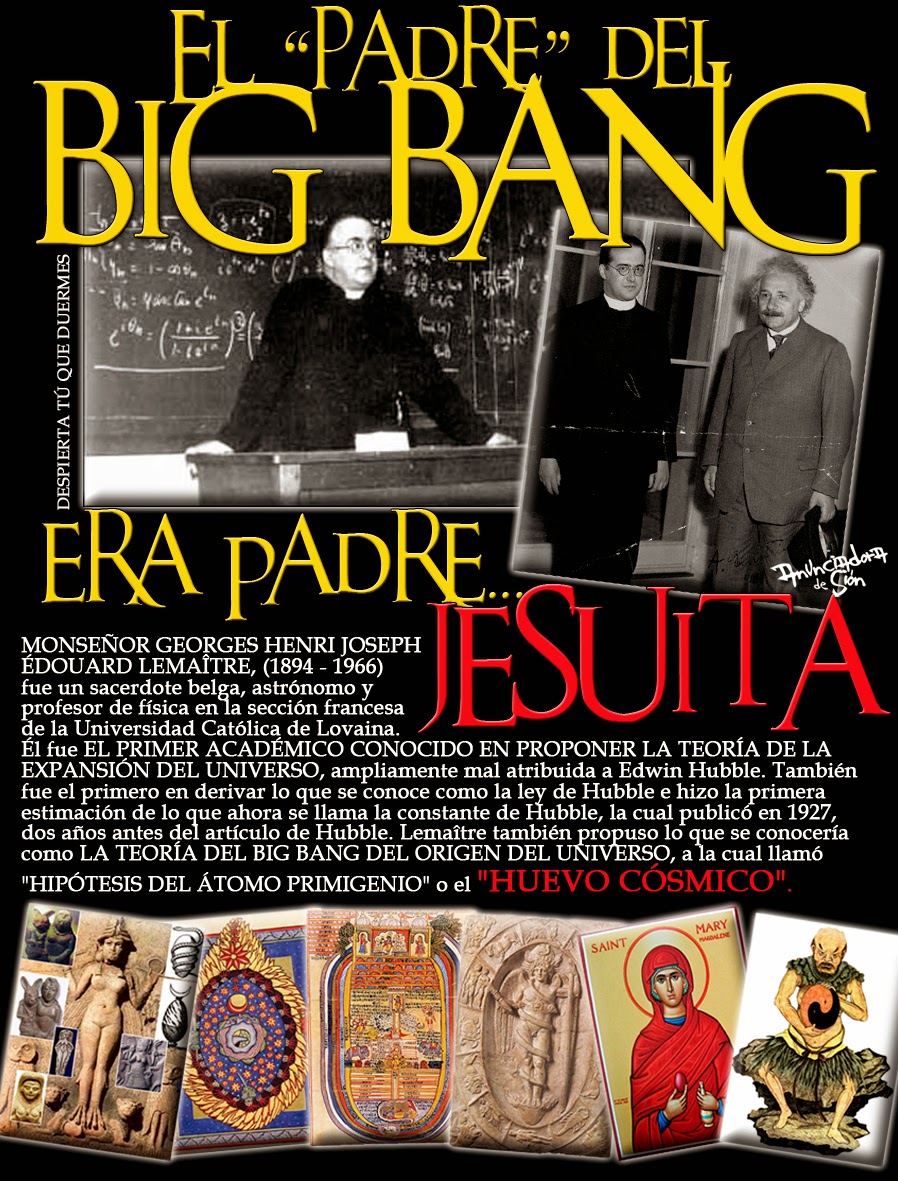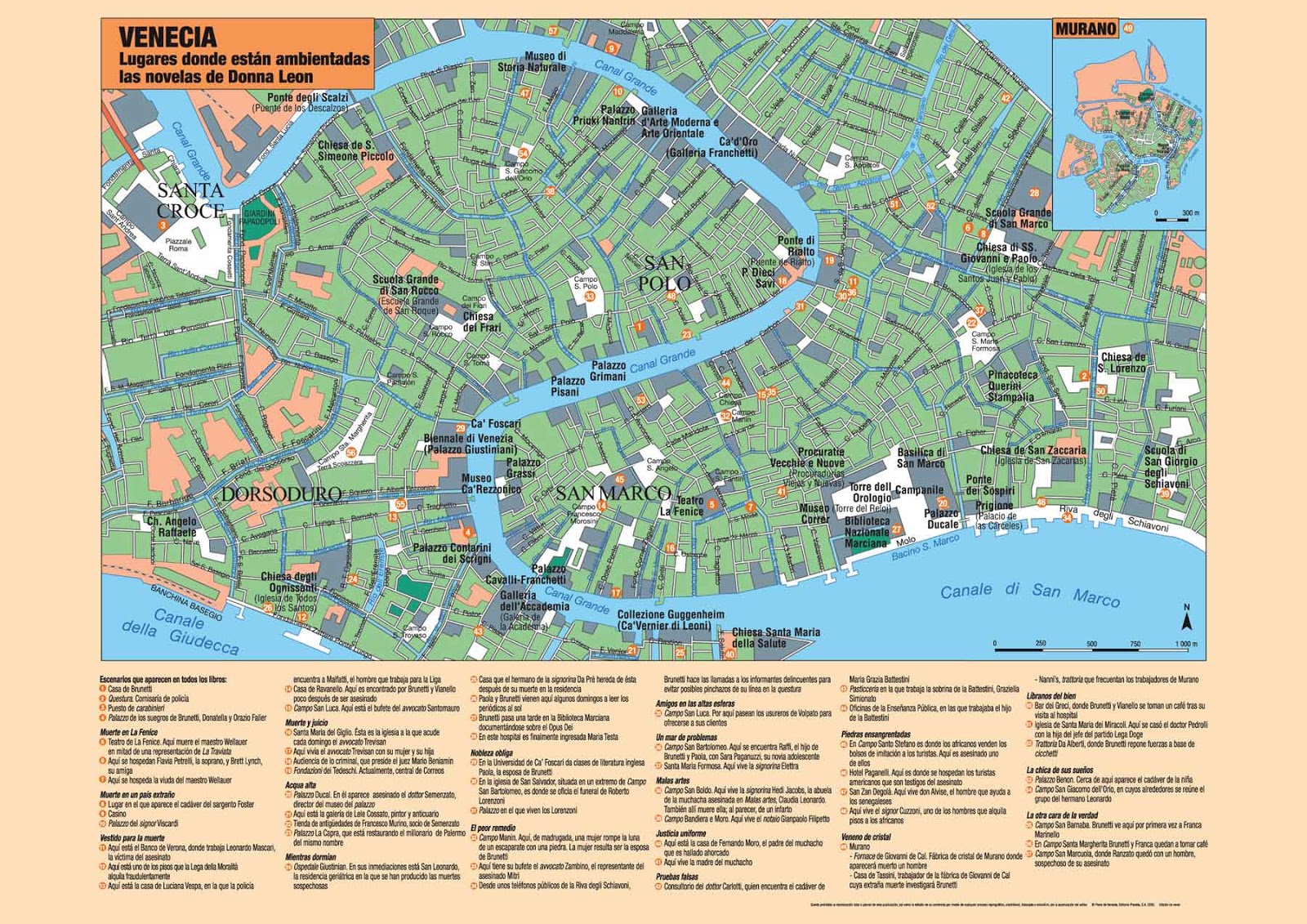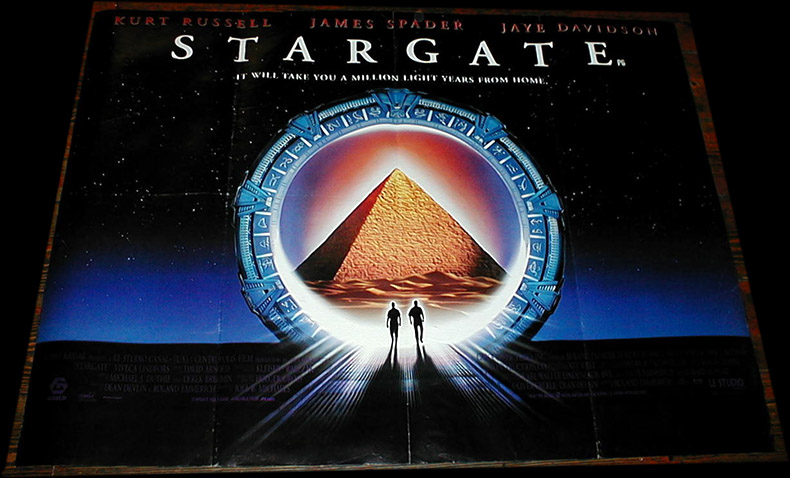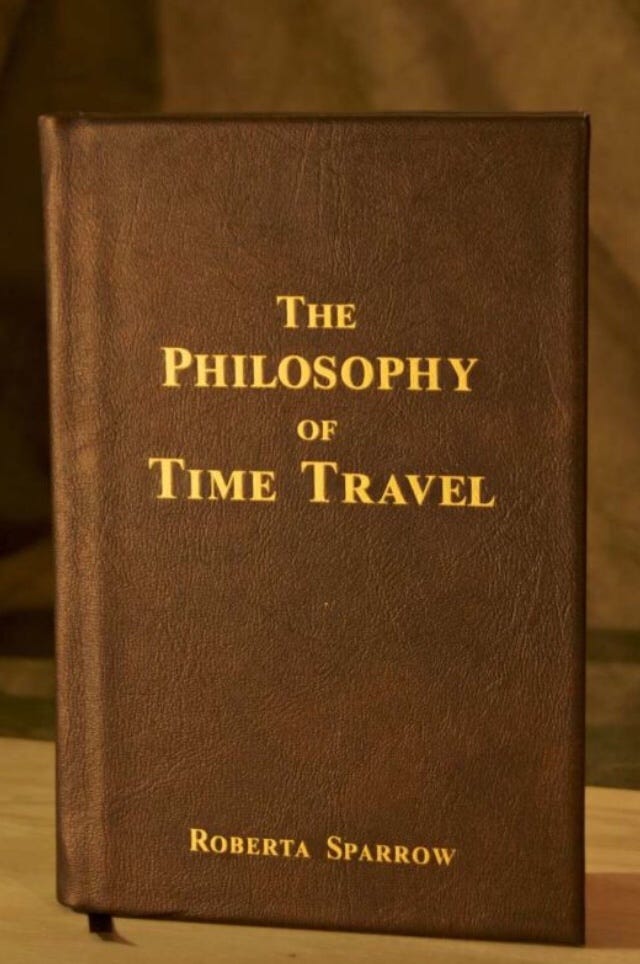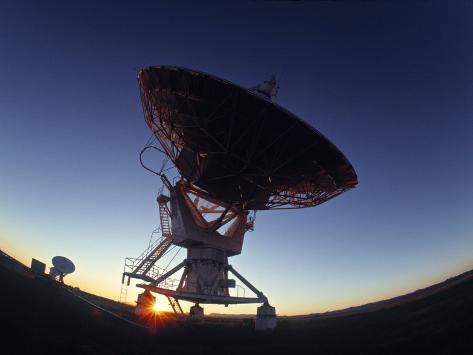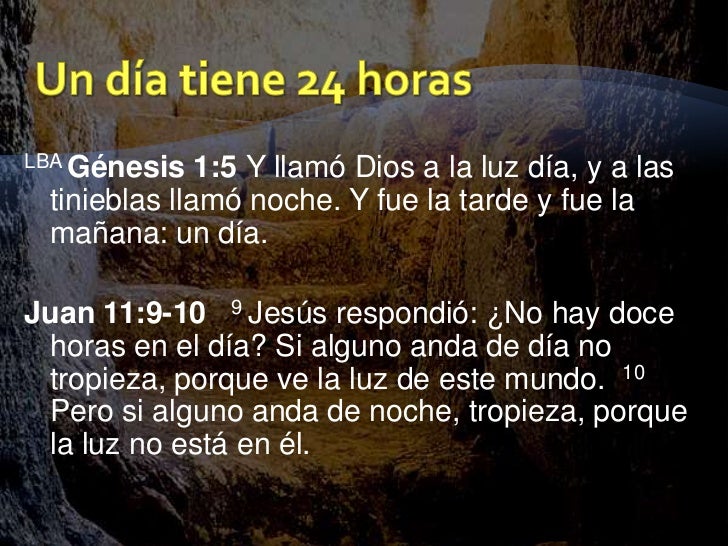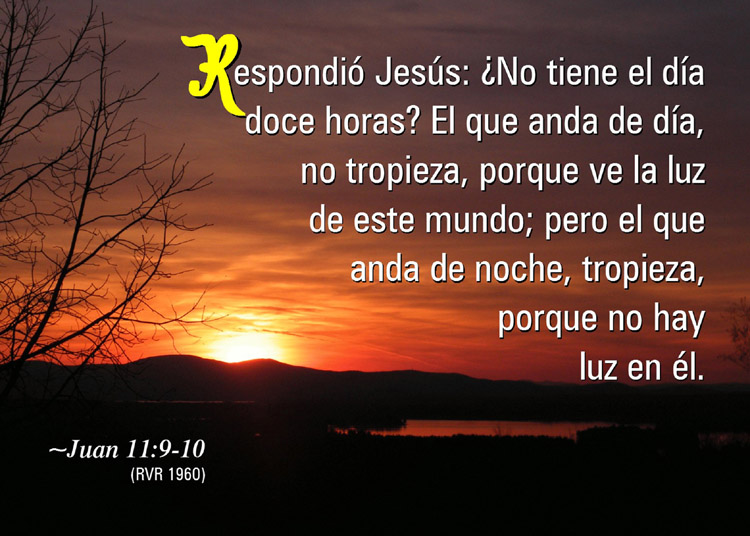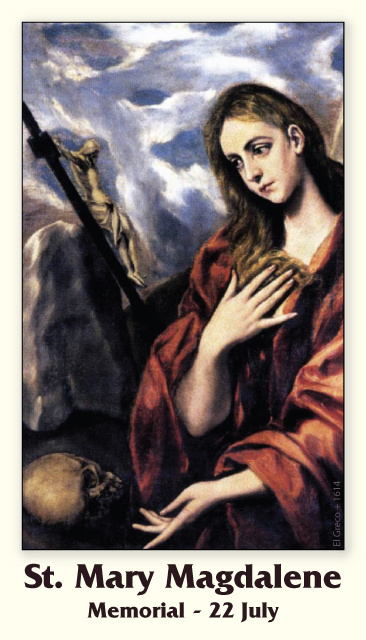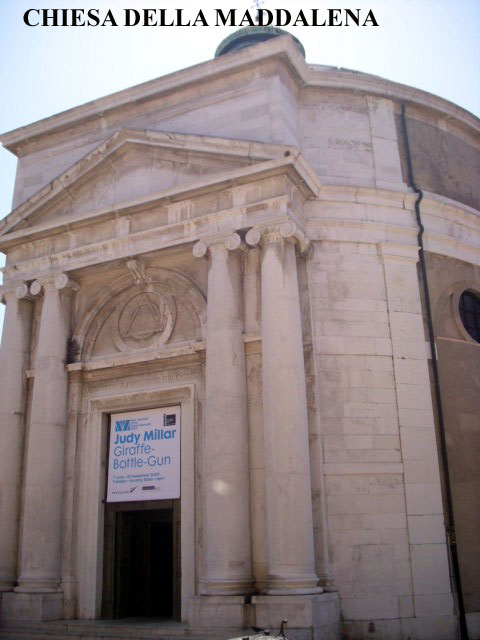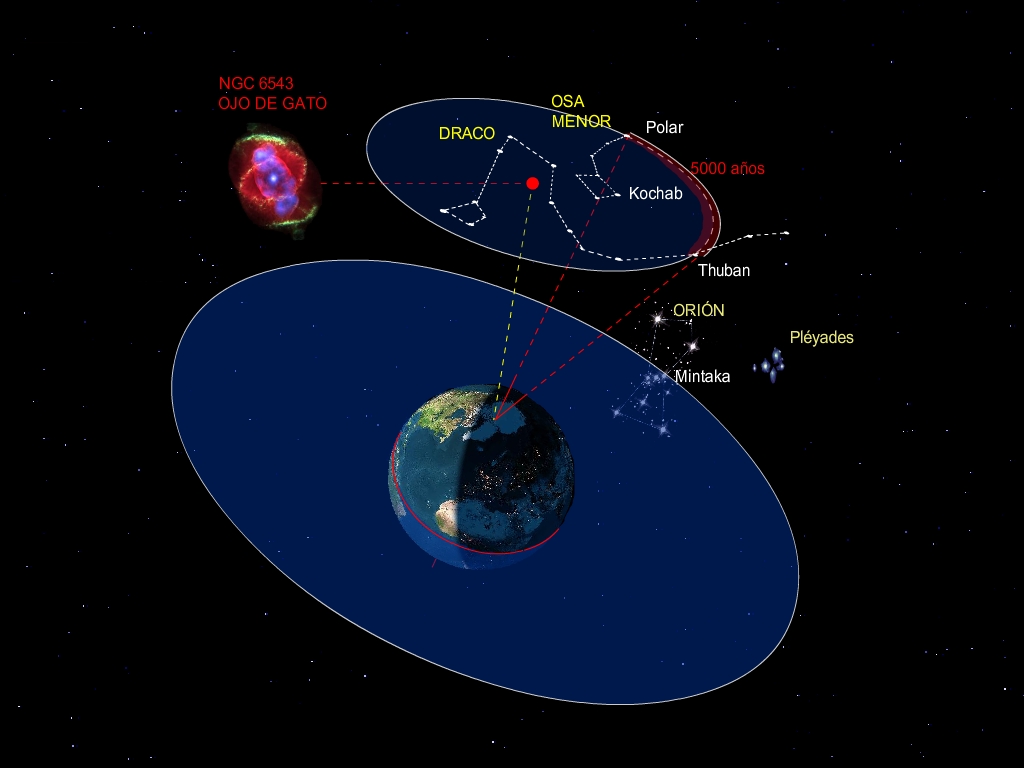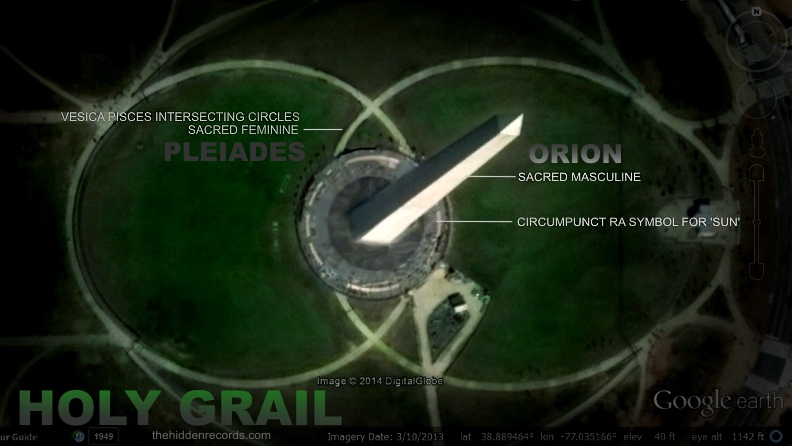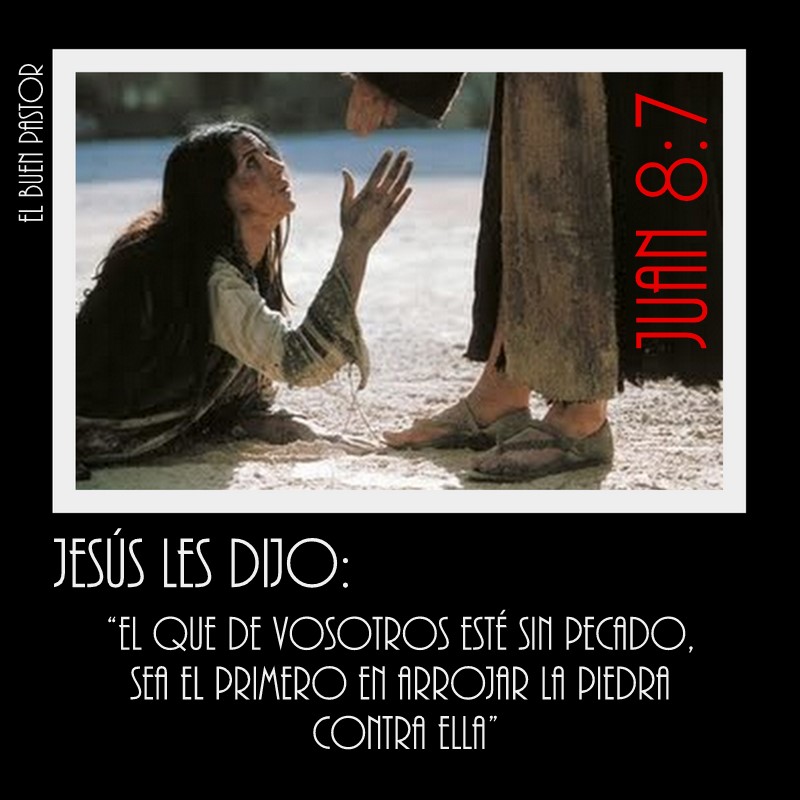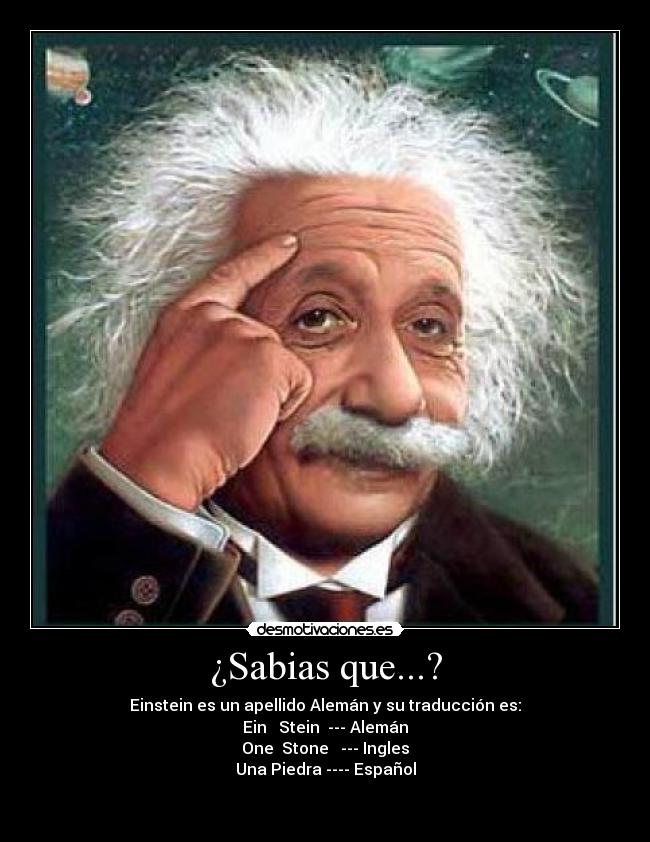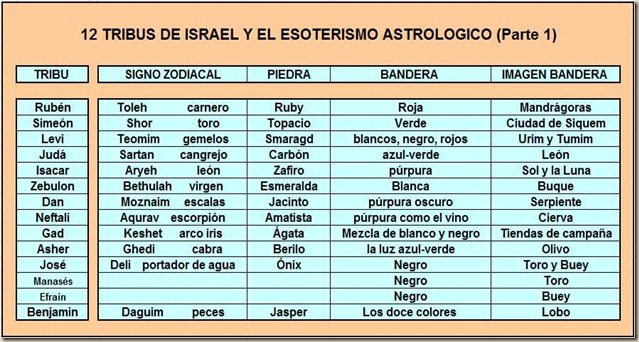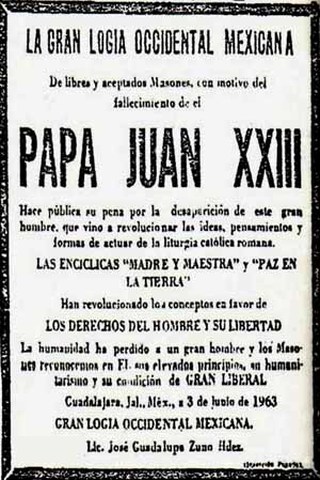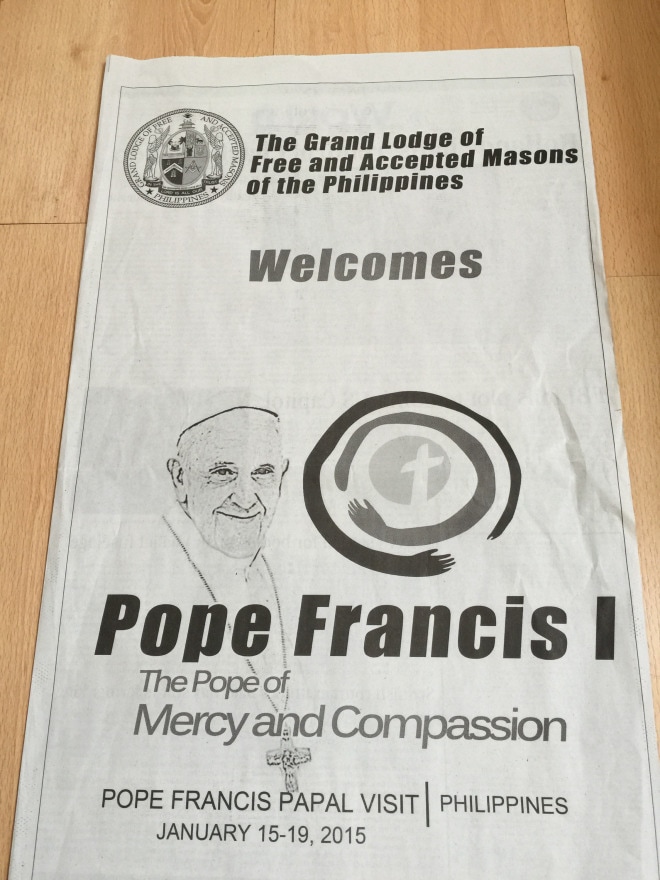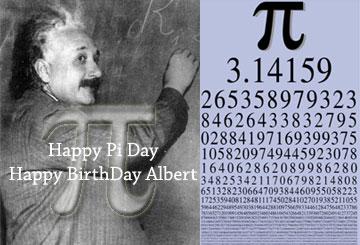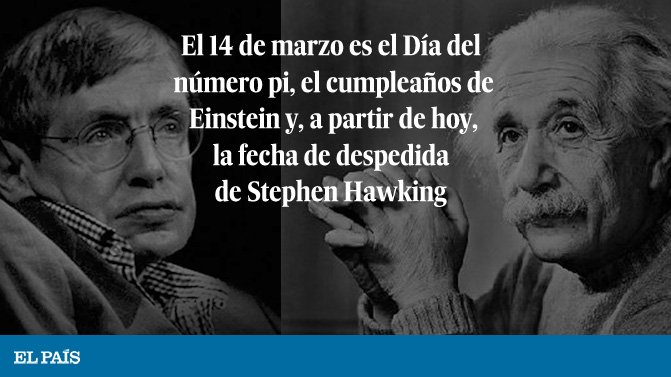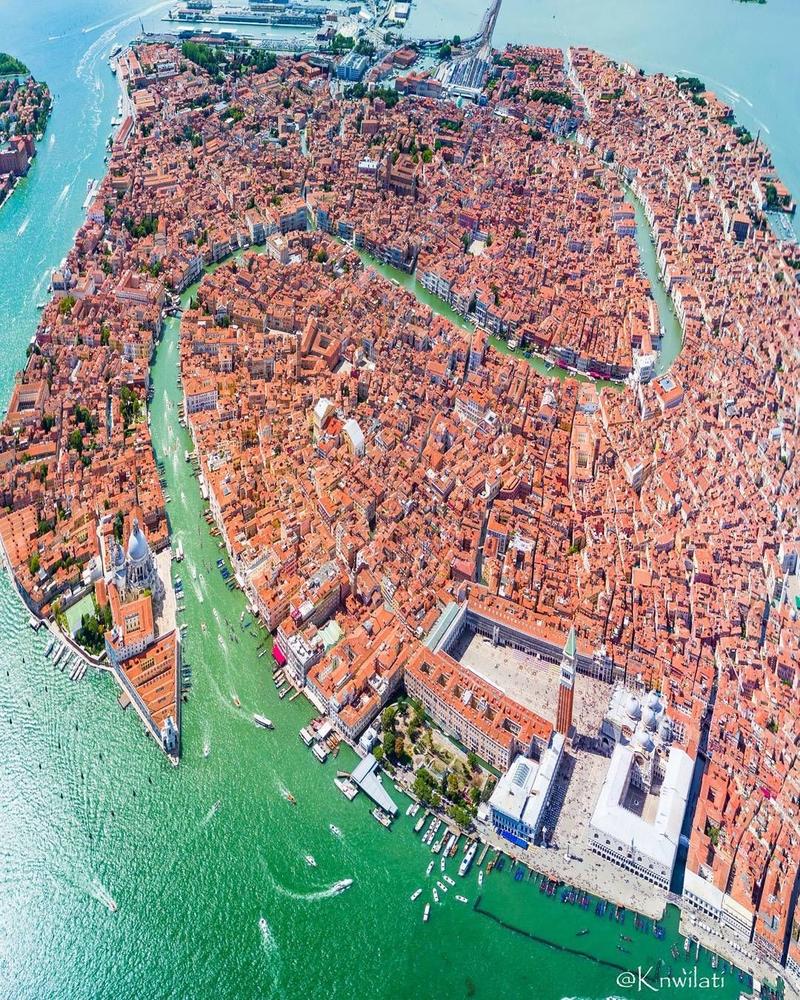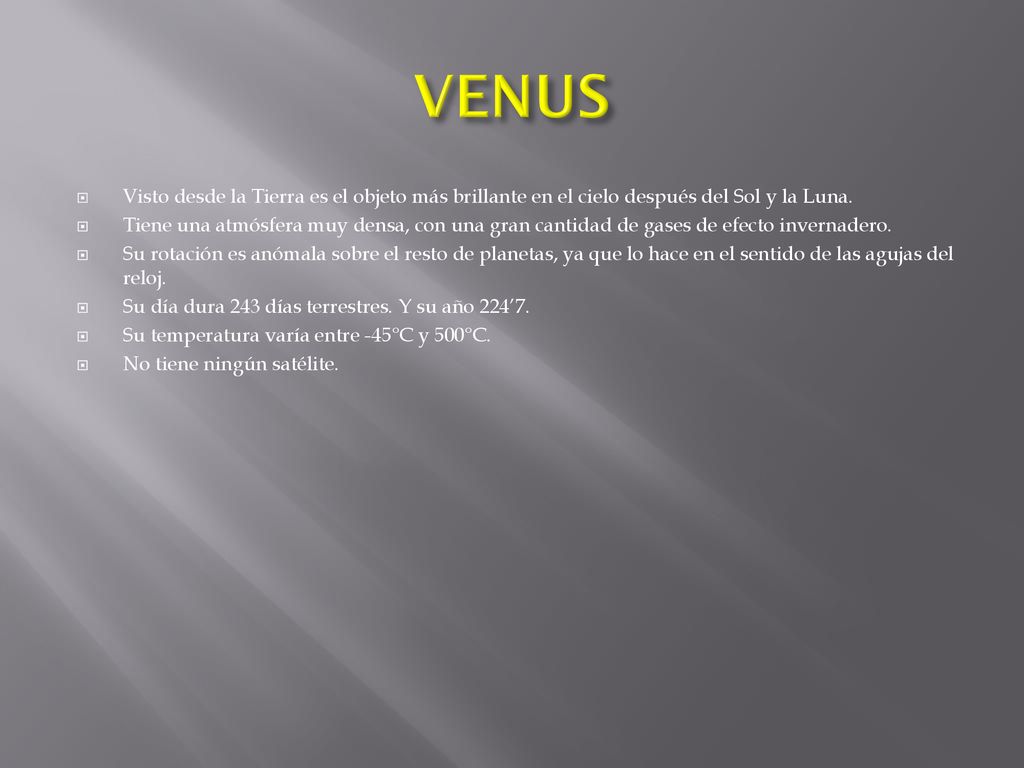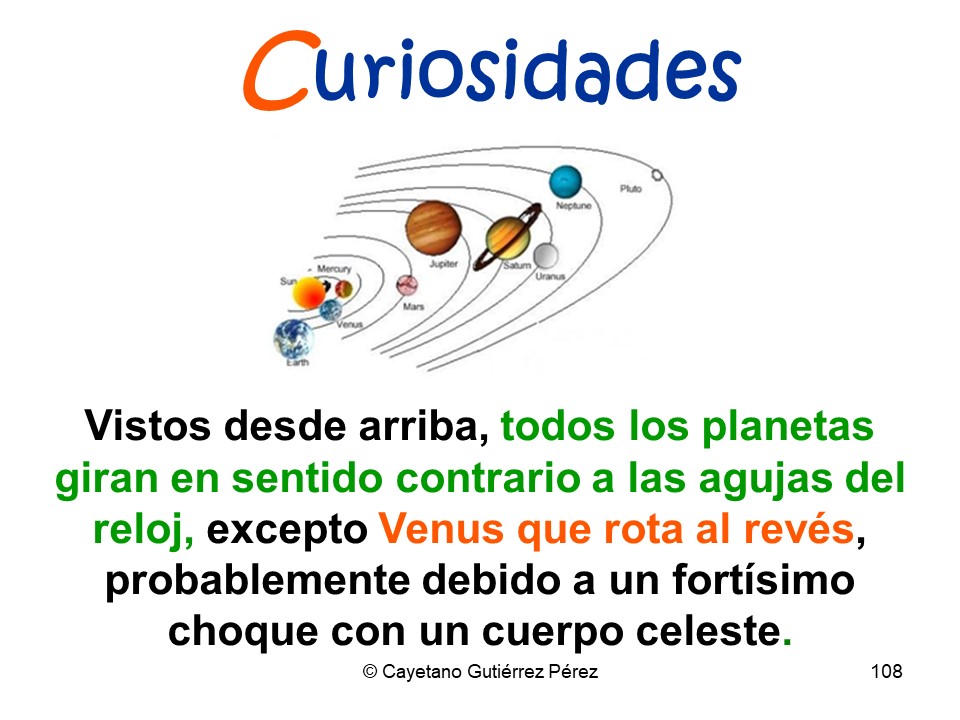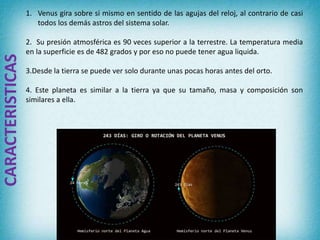|
|
General: TOMMASO TEMANZA, MASON, FUE EL CONTRUCTOR DEL TEMPLO DE MAGDALENA EN VENECIA
Elegir otro panel de mensajes |
|
|
Tommaso Temanza
From Wikipedia, the free encyclopedia
Tommaso Temanza (9 March 1705 – 14 June 1789) was an Italian architect and author of the Neoclassic period. Born in Venice, he was active both in his natal city and the mainland towns of theRepublic of Venice.
Biography[edit]
His family held bureaucratic posts for the city of Venice. He studied in Padua with the mathematician and professor Giovanni Poleni. He apprenticed as an architect under his uncle, Giovanni Antonio Scalfarotto. He helped train Matteo Lucchesi, the uncle of Piranesi. One of his first jobs was as a proto or chief architecture for the Magistrate of the waterways, a position also held by Lucchesi. Among his works include the Church of Santa Margherita (circa 1748) in Padua, the private chapel in Villa Camerini located in Piazzola sul Brenta, and a loggia for Ca' Zenobio in Venice. His masterpieces are however for churches in Venice, including the cylindrical church of Santa Maria Maddalena (where his remains rest), the church of San Servolo and the chapel Sagredo in San Francesco della Vigna.
He is best known for his 1778 biography of architects from Venice: Vite dei più celebri architetti e scrittori veneziani.[1] In 1762, he also wrote a biography of Andrea Palladio (Vita di Andrea Palladio).[2]
Sources[edit]
|
|
|
|
|
The Freemasonic symbology of the architecture in Washington, D.C. is replete with occult concepts and references.
The Square and Compass is aligned horizontally to revere the direction in which the Sun as well as the 'Sun behind the Sun' - the Star of Set, or Sirius which is also included in the layout as the White House is not only at the left side of the Compass, but it is at the bottom of the averse pentagram aligned with the North.
The Star Sirius is a binary star, and the lesser star - Sirius B - is depicted as the smaller star to the bottom left; 'The Pentagon'. Even the hieroglyph of Sirius contains the predominant elements of the architecture;
 the Obelisk (Washington Monument), the 5 pointed star, and the Dome (The Capital Building). the Obelisk (Washington Monument), the 5 pointed star, and the Dome (The Capital Building).
What's more is not only is the White House 13 blocks south the Masonic Temple, an inverted cross is formed by the lower line of the pentagram which is also 13 blocks.
|
|
|
|
|
|
 Primer
Primer
 Anterior
2 a 13 de 13
Siguiente
Anterior
2 a 13 de 13
Siguiente
 Último
Último

|
|
|
ISLA SAN GIORGIO (VENECIA)=GEORGE LEMAITRE
GEMATRIA EN INGLES DE SEED=33
GEMATRIA EN INGLES DE GATE=33
SARA (CE-SAREA DE FILIPO)=PARALELO 33
 the Apple
| milky way in Simple Gematria Equals: 119 |
( |
m 13 |
i9 |
l 12 |
k 11 |
y 25 |
0 |
w 23 |
a1 |
y 25 |
) |
| queen mary in Simple Gematria Equals: 119 |
( |
q 17 |
u 21 |
e5 |
e5 |
n 14 |
0 |
m 13 |
a1 |
r 18 |
y 25 |
|
| hebrew calendar in Simple Gematria Equals: 119 |
( |
h8 |
e5 |
b2 |
r 18 |
e5 |
w 23 |
0 |
c3 |
a1 |
l 12 |
e5 |
n 14 |
d4 |
a1 |
r 18 |
| mary magdalene in Simple Gematria Equals: 119 |
( |
m 13 |
a1 |
r 18 |
y 25 |
0 |
m 13 |
a1 |
g7 |
d4 |
a1 |
l 12 |
e5 |
n 14 |
e5 |
|

|
|
|
|
|
Hércules (constelación)
De Wikipedia, la enciclopedia libre
Recibe su nombre del héroe mitológico, Hércules y es la quinta en tamaño de las 88 constelaciones modernas. También era una de las 48 constelaciones de Ptolomeo.
[editar] Características destacables
No tiene estrellas de primera magnitud, siendo la más brillante β Herculis con magnitud 2,78. μ Herculis se encuentra a 27,4 años luz de la Tierra. El Ápex solar (punto del cielo que indica la dirección hacia la que se mueve el Sol en su órbitaalrededor del centro de la galaxia) se encuentra en Hércules, cerca de ξ Herculis.
[editar] Estrellas principales
- α Herculis (Ras Algethi o Rasalgethi), de magnitud 3,31, es un sistema estelar triple, cuya estrella principal es una gigante roja variable.
- β Herculis (Kornephoros), la más brillante de la constelación con magnitud 2,78, una estrella gigante amarilla.
- γ Herculis, gigante blanca de magnitud 3,74. Es una binaria espectroscópica con un período orbital de 11,9 días.
- δ Herculis (Sarin), estrella blanca de magnitud 3,12; es una estrella binaria cuyas componentes han sido resueltas por interferometría.
- ε Herculis, binaria espectroscópica de magnitud 3,91.
- ζ Herculis, la segunda más brillante de la constelación con magnitud 2,89, estrella doble formada por dos estrellas amarillas de desigual brillo.
- η Herculis, gigante amarilla de magnitud 3,49.
- θ Herculis, gigante luminosa naranja de magnitud 3,85.
- ι Herculis, subgigante azul de magnitud 3,79; tres estrellas más completan este sistema estelar cuádruple.
- κ Herculis A y κ Herculis B, dos gigantes que forman una doble óptica.
- λ Herculis (Maasym), gigante naranja de magnitud 4,40.
- μ Herculis, sistema estelar cercano que dista del Sistema Solar 27,4 años luz.
- π Herculis, gigante naranja de magnitud 3,16.
- ρ Herculis, estrella doble cuyas componentes, separadas 4 segundos de arco, brillan con magnitud 4,56 y 5,42.
- τ Herculis, estrella B pulsante lenta (SPB) con una tenue compañera a 7,6 segundos de arco.
- χ Herculis, enana amarilla de baja metalicidad que se encuentra a 52 años luz de distancia.
- ω Herculis (Kajam), de magnitud 4,57.
- 8 Herculis, estrella blanca de magnitud 6,13 que forma una doble óptica con Kappa Herculis —separación 0,2º—.
- 14 Herculis, enana naranja a 59,2 años luz con una enana marrón o planeta gigante alrededor. En 2006 se descubrió un posible segundo compañero, aún sin confirmar.
- 30 Herculis (g Herculis), gigante roja y variable semirregular cuyo brillo oscila entre magnitud 4,3 y 6,3 en un ciclo de 89,2 días.
- 68 Herculis (u Herculis), binaria eclipsante en donde existe transferencia de masa desde la secundaria hacia la primaria.
- 72 Herculis (w Herculis), enana amarilla similar al Sol a 47 años luz de distancia.
- 89 Herculis, supergigante amarilla en las etapas finales de su evolución estelar.
- 95 Herculis, estrella binaria compuesta por una gigante blanca y una gigante amarilla separadas 6,3 segundos de arco.
- 99 Herculis, binaria de baja metalicidad cuya primaria es una enana amarilla de magnitud 5,20.
- 101 Herculis, gigante blanca de magnitud 5,11.
- 109 Herculis, gigante naranja de magnitud 3,84, la duodécima estrella más brillante de la constelación.
- 111 Herculis, estrella blanca de magnitud 4,35.
- X Herculis, variable pulsante semirregular cuyo brillo varía entre magnitud 6 y 7 en un período de 95 días.
- SZ Herculis y FN Herculis, binarias eclipsantes de magnitud 9,94 y 11,08 respectivamente.
- UX Herculis, binaria eclipsante de magnitud 9,05; durante el eclipse principal su brillo disminuye 1,16 magnitudes.
- OP Herculis, gigante luminosa roja variable entre magnitud 5,85 y 6,73.
- HD 147506, subgigante amarilla en donde se ha detectado un planeta masivo (HAT-P-2b) en una órbita excéntricacercana a la estrella.
- HD 149026, estrella subgigante con un planeta cuya masa es similar a la de Saturno.
- HD 154345, enana amarilla a 58,91 años luz con un planeta extrasolar.
- Gliese 623, estrella binaria compuesta por dos enanas rojas.
- Gliese 686 y Gliese 649, enanas rojas a 26,5 y 33,7 años luz respectivamente; la segunda de ellas posee un planeta.
- HD 155358, estrella de baja metalicidad con dos planetas que interactúan gravitacionalmente.
- Gliese 638 y HR 6806, enanas naranjas situadas respectivamente a 31,9 y 36,2 años luz de distancia de la Tierra.
- GD 362, enana blanca con un anillo similar a los de Saturno.
- http://es.wikipedia.org/wiki/H%C3%A9rcules_(constelaci%C3%B3n)
  
ISLA SAN GIORGIO (VENECIA)=GEORGE LEMAITRE
GEMATRIA EN INGLES DE SEED=33
GEMATRIA EN INGLES DE GATE=33
SARA (CE-SAREA DE FILIPO)=PARALELO 33
"¡Oh profundidad de las riquezas de la sabiduría (sophia)
y de la ciencia (gnwsiV, gnosis) de Dios!
¡Cuán incomprensibles son sus juicios, e inescrutables sus caminos!"
(Romanos, 11: 33).
25 DE ABRIL=DIA DE SAN MARCOS
22 DE JULIO=DIA DE MARIA LA MAGDALENA
|
|
|
|
|
Sabemos que Vesica Piscis esta en funcion al a los 153 peces de Juan 21:11.
 Aqui tenemos a Pi - la circunferencia del toro y la vesica piscis 256/153 equivalente a la raiz cuadrada de 3 En el hipercubo las coordinadas binarias de Piscis son decimal 3 y binario 11 153 los pescados de Jesus en la biblia
Sapientia Aedificavit Sibi Domum. Es decir, "la sabiduría ha edificado aquí su casa". Resulta curioso que la misma frase aparece en el Evangelio de María Magdalena, un texto apócrifo. Se dice que en el interior de esta iglesia y de otras muchas de Venecia está escondido el tesoro de los templarios. Pero no hay ninguna prueba de ello. Para terminar ya con esta entrada me gustaría que nos acercásemos un momento a uno de los edificios más emblemáticos de Venecia: el Palacio Ducal.
|
|
|
|
|
¿LA BESTIA RELIGIOSA SABE EL NEXO DEL 666 CON EL RELOJ?
OBVIO, QUE NO, ES UNA BESTIA LAVADORA DE CEREBRO
|
|
|
|
|
21 nov. 2017 - Subido por Mundo Desconocido
Un candidato a la casa blanca, hizo unas sorprendentes declaraciones en las que afirmaba que Estados Unidos ...
22 nov. 2017 - Subido por Libertalya
Al ver el video de JL de Mundo Desconocido quise complementarlo con un toque de verdad. Suscribete: https ...
15 nov. 2018 - Subido por Atrapados En El Tiempo
Esta es la historia de un hombre que asegura ha realizado una decena de viajes en el tiempo, en un ...
4 jul. 2016 - Subido por Ucronías Ryderback
Ryderback : Tanto las de la física tanto como la materia nos dicen que las partículas son capaces de viajar hacia ...
28 sep. 2013 - Subido por Manuel Gamez
No olvides dejar tu opinion con un me gusta, comentando, compartiendo o de la forma que quieras :D Redes ...
30 mar. 2018 - Subido por Stephanie Soihit
Helloooo Bellezas tropicales !!! Aqui les dejo un video de otra TEORIA CONSPIRATIVA que me puso bastante ...
24 abr. 2018 - Subido por DOCU-MISTERIO
Portales que conectan a otros puntos en el tiempo y espacio han aparecido en muchos libros, películas y ...
21 nov. 2017 - Subido por Mundo Desconocido
Un candidato a la casa blanca, hizo unas sorprendentes declaraciones en las que afirmaba que Estados Unidos ...
13 nov. 2015 - Subido por JORGE LIMAS
Viajero del Tiempo; Andrew Basiago y el Proyecto Pegasus Parte 1 .... lo indios e hindigenas miden o median ...
  |
|
|
|
|
La Maddalena: Venice’s mysterious masonic church
Modelled on the Roman Pantheon, the tiny church of Santa Maria della Maddalena, or simply La Maddalena, is a Venetian mystery. Perhaps its most notable feature are the masonic symbols above the door. The all-seeing eye inside an interlocking circle and triangle is one of the symbols of freemasonry and both the church’s architect and patron were freemasons. The mystery is amplified by the fact that the church is almost always closed to visitors – so much so that I’ve never seen the inside.
The 18th-century neoclassical edifice we see today is the work of Venetian architect Tommaso Temanza who entirely rebuilt an earlier church using a circular plan inspired by the Pantheon in Rome. The Roman Pantheon itself, one of the best preserved buildings of the antiquity, is a special design echoed by the much later symbols of freemasonry. It incorporates a circular wall plan and a rectangular portico while its circular dome has an eye-like opening in the centre of the roof called an oculus.
La Maddalena’s site, owned by the patrician Balbo (or Baffo) family, had a church as early as the 13th century. There is some evidence of the family’s association with the Knights Templar. In the 18th century, Venice had an influential fraternity of freemasons whose members also included the famous adventurer Giacomo Casanova. The owners of the old religious site who were also affiliated to the freemasonry contracted Temanza, also a member of the fraternity, to build a masonic church in Venice.
Judging by the symbol of the all-seeing eye above La Maddalena’s entrance and its Latin inscription attributed to Solomon: Sapientia edificavit sibi domum (“Wisdom has built a home for itself”), Temanza was also a dabbler in the same undercurrent of esoteric freemasonry as Mozart. The architect is buried inside the church and his headstone is apparently decorated with a line and set of compasses, the most common symbol of the freemasons whose members would see themselves as ‘builders’.
It is also no surprise that this peculiar small masonic church is dedicated to Mary Magdalene. Despite being the first witness to Christ’s resurrection, she is more commonly remembered as a reformed prostitute. This mysterious figure, sometimes rejected by the church, was instead beloved by the freemasonry whose members considered her a symbol of wisdom and the struggle against the obscurantism of the church. With her church in Venice almost never open to visitors, this struggle is apparently real.
https://romanholiday.co.za/la-maddalena-venices-mysterious-masonic-church/ |
|
|
|
|
 
St.George Lodge - Bermuda - WUK St.Mary Magdalene Masonic Church, Venice - IDM
|
|
|
|
|
The Founder of Vatican II Religion
Was a Freemason
“The sense of universalism that is rampant in Rome these days is very close to our purpose for existence… with all our hearts we support the revolution of John XXIII.”
~ Yves Marsaudon, 33rd degree Scottish Rite Freemason:
On the occasion of the death of Angelo Giuseppe Roncalli or John XXIII on June 3, 1963, the Mexican Freemasonry paid for an ad to be published in Mexican newspapers.
_________________________________________________________________________________________________________
|
THE MEXICAN WESTERN GRAND LODGE
of free and accepted Masons,
at the death of
POPE JOHN XXIII
Publicly expresses its sorrow for the loss of this great man, who made a revolution in the ideas, thoughts and forms of the Roman Catholic liturgy.
THE ENCYCLICALS "MOTHER AND TEACHER"
and "PEACE ON EARTH"
Made a revolution in concepts favoring
THE RIGHTS OF MAN AND HIS LIBERTY
Mankind has lost a great man, and we
the Freemasons recognize his elevated principles, his humanitarianism and his condition as a GRAND LIBERAL.
Guadalajara, Jalisco, Mexico, June 3, 1963
THE MEXICAN WESTERN GRAND LODGE
Jose Guadalupe Zuno Hernandez, Esquire
(Paid announcement)
|
|
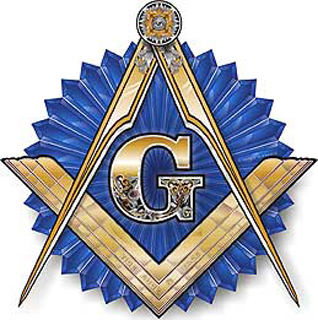
___________________________________________________________________________
The Roman Catholic Church Has Officially Condemned Freemasonry
The Catholic Church has always condemned such groups, generally known as “Freemasonry”.
Freemasonry is nothing more than Satanic worship – beautifully packaged as a “humanitarian” movement to unsuspecting victims.
One of the prominent leaders of freemasonry was Albert Pike, grand commander of the Scottish Rite of freemasonry. In 1871, shortly before the pontificate of Pope Leo XIII, Pike wrote about the true nature of the “light” which masons seek in his book “Morals and Dogma”, traditionally handed out to high degree Freemasons only: “LUCIFER, the Light-bearer! Strange and mysterious name to give to the Spirit of Darkness! Lucifer, the Son of the Morning! Is it he who bears the Light …? Doubt it not!”
The goal of freemasonry is to rule the world and destroy Christianity. Many contemporary reputable apparitions and prophecies have warned that the church itself is being attacked from within by the forces of freemasonry, which has penetrated its interior. Freemasonry is a worldwide secretive group that, for many innocent members, seems nothing but a noteworthy “fraternity” or “brotherhood”. And yet, what many do not realize is that freemasonry is condemned by the Church.
For the first in history, the mortal enemy of the Roman Catholic Church paid an advertisement to tell the public that they were in great sorrow for the loss of John XXIII.
Let us not forget that it was John XXIII who call for the evil council of Vatican II. It was he who started the new religion of Vatican II which purpose is to destroy the Catholic Church.
Numerous popes have condemned freemasonry throughout the ages.
Pope Leo XIII, Humanum Genus, April 20, 1884:
"At this period, however, the partisans of evil seems to be combining together, and to be struggling with united vehemence, led on or assisted by that strongly organized and widespread association called the Freemasons. No longer making any secret of their purposes, they are now boldly rising up against God Himself. They are planning the destruction of holy Church publicly and openly, and this with the set purpose of utterly despoiling the nations of Christendom, if it were possible, of the blessings obtained for us through Jesus Christ our Saviour. For as soon as the constitution and the spirit of the masonic sect were clearly discovered by manifest signs of its actions, by the investigation of its causes, by publication of its laws, and of its rites and commentaries, with the addition often of the personal testimony of those who were in the secret, this Apostolic See denounced the sect of the Freemasons, and publicly declared its constitution, as contrary to law and right, to be pernicious no less to Christendom than to the State; and it forbade any one to enter the society, under the penalties which the Church is wont to inflict upon exceptionally guilty persons."
Pope Leo XIII, December 8, 1892:
"Let us remember that Christianity and Freemasonry are essentially incompatible, to such an extent, that to become united with one means being divorced from the other. Let us, therefore, expose Freemasonry as the enemy of God, of the Church and of our Motherland."
Pope Pius XII, May 23, 1958:
"...the roots of modern apostasy lay in scientific atheism, dialectical materialism, rationalism, illuminism, laicism, and Freemasonry; which is the mother of them all..."
During the January trip of Francis to the Philippines, among the groups who welcomed him was the Grand Lodge of Masons, who bought a full page ad in the January 16, 2015 edition of the leading newspaper in the country, the Philippine Daily Inquirer.
After Vatican II, this organization, labelled by previous pontiffs as the “synagogue of Satan”, is openly welcoming and embracing the "Pope." Why does Freemasonry – an organization condemned by the Catholic Church – openly support Francis?
The Freemasons are simply telling us that they are in control of the Vatican!
http://romancatholicfaith.weebly.com/blog/-mexican-freemasons-mourned-for-john-xxiiis-death |
|
|
|
|
La Maddalena: Venice’s mysterious masonic church
Modelled on the Roman Pantheon, the tiny church of Santa Maria della Maddalena, or simply La Maddalena, is a Venetian mystery. Perhaps its most notable feature are the masonic symbols above the door. The all-seeing eye inside an interlocking circle and triangle is one of the symbols of freemasonry and both the church’s architect and patron were freemasons. The mystery is amplified by the fact that the church is almost always closed to visitors – so much so that I’ve never seen the inside.
The 18th-century neoclassical edifice we see today is the work of Venetian architect Tommaso Temanza who entirely rebuilt an earlier church using a circular plan inspired by the Pantheon in Rome. The Roman Pantheon itself, one of the best preserved buildings of the antiquity, is a special design echoed by the much later symbols of freemasonry. It incorporates a circular wall plan and a rectangular portico while its circular dome has an eye-like opening in the centre of the roof called an oculus.
La Maddalena’s site, owned by the patrician Balbo (or Baffo) family, had a church as early as the 13th century. There is some evidence of the family’s association with the Knights Templar. In the 18th century, Venice had an influential fraternity of freemasons whose members also included the famous adventurer Giacomo Casanova. The owners of the old religious site who were also affiliated to the freemasonry contracted Temanza, also a member of the fraternity, to build a masonic church in Venice.
Judging by the symbol of the all-seeing eye above La Maddalena’s entrance and its Latin inscription attributed to Solomon: Sapientia edificavit sibi domum (“Wisdom has built a home for itself”), Temanza was also a dabbler in the same undercurrent of esoteric freemasonry as Mozart. The architect is buried inside the church and his headstone is apparently decorated with a line and set of compasses, the most common symbol of the freemasons whose members would see themselves as ‘builders’.
It is also no surprise that this peculiar small masonic church is dedicated to Mary Magdalene. Despite being the first witness to Christ’s resurrection, she is more commonly remembered as a reformed prostitute. This mysterious figure, sometimes rejected by the church, was instead beloved by the freemasonry whose members considered her a symbol of wisdom and the struggle against the obscurantism of the church. With her church in Venice almost never open to visitors, this struggle is apparently real.
https://romanholiday.co.za/la-maddalena-venices-mysterious-masonic-church/ |
|
|
|
|
ISLA SAN GIORGIO (VENECIA)=GEORGE LEMAITRE
|
|
|
 Primer
Primer
 Anterior
2 a 13 de 13
Siguiente
Anterior
2 a 13 de 13
Siguiente
 Último
Último

|
|
| |
|
|
©2024 - Gabitos - Todos los derechos reservados | |
|
|




